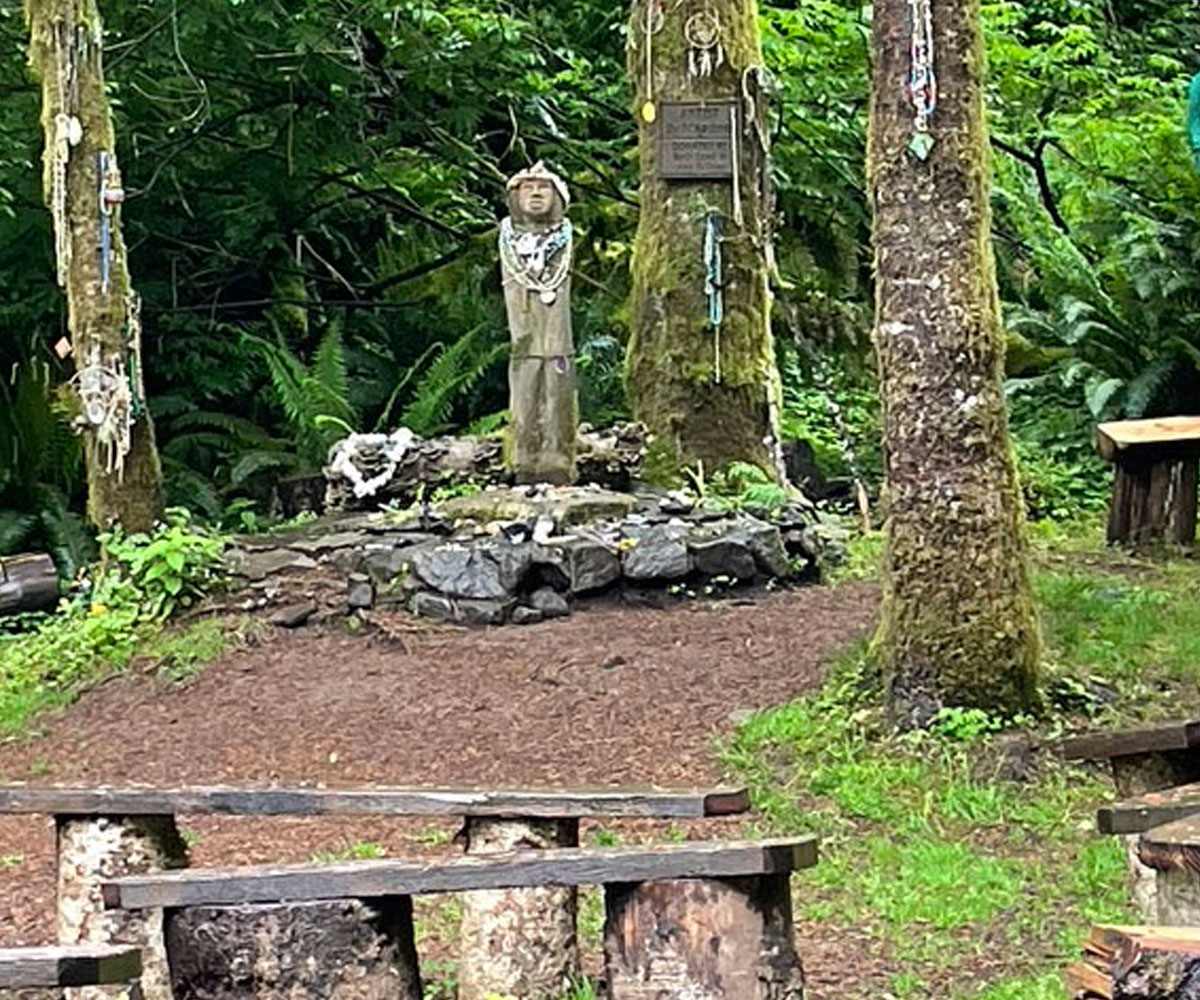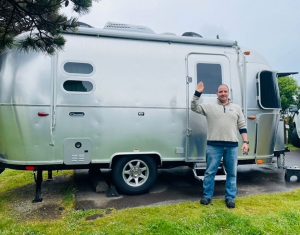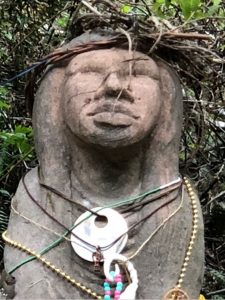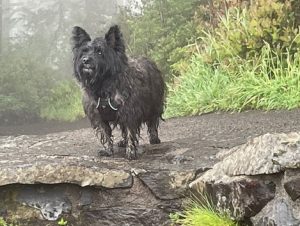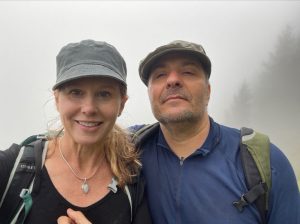Digital Nomad’s Voyage
This post is from our co-founder & CEO, @NoahKamrat.
To be able to tentatively call myself a ‘digital nomad’ is a privilege I am blessed to enjoy. The very act of getting out the door of my Portland house for extended periods deepens my connection to the natural world, to history and to people.
The stories of ancient nomads form the backbone of many traditions that provide countless modern lives with meaning. One of the first things I was taught about my ancient Jewish forbears is that they were nomads. Abraham, Sarah, Isaac, Rebecca, Jacob, Rachel and Leah were reputed to be members of a familial group of pastoral nomads who slept under the stars in tents or other temporary dwellings. I was told that the Jews have often been strangers in strange lands; and I was told it is very good to show kindness to wandering strangers.
And as my wife and I travel around the country in our silver Airstream, we are distinctly aware that we are not the first humans to roam across the land we now call the United States. The constituent pieces of our beautiful homeland have been referred to by many names now lost. Though many indigenous names have morphed into the current names of our fifty states. In fact, the names up to half of the states that make up our nation can be derived from the languages of indigenous peoples.1
I wanted to begin my Summer 2022 Linkedin ‘narrative journey’ at one of the most incredible and meaningful places I have ever had the good fortune to visit: Amanda’s Trail at Cape Perpetua in Yachats, Oregon.
For more than a thousand years, Yachats was inhabited by the Ya’Xaik People. According to some scholars, the name of Yachats comes from the Siletz language and may mean: “dark water at the foot of the mountain.” Amanda’s Trail winds up Cape Perpetua from the dark water at its foot. And while the trail is a beautiful, lush, dreamlike place, it is also muddied by a cruel and intolerant past.2
On the day we hiked it, Amanda’s Trail was muddy indeed. Plus, it was raining, and therefore getting muddier. Our sneakers squelched as we trudged through sticky earth. Then we came to the open grove where the tiny statue of Amanda (by the artist Sy Meadow) dwells, bedecked with donated beads and surrounded by fluttering prayer flags and rustic benches.
Amanda stood, small and silent, made of stone, with her blind stone eyes and her kind, absurdly hopeful expression. There were no other visitors on this rainy afternoon. We sat in silence. (Even our frisky terrier didn’t bark for a minute.)
We sat meditating about the painful experience of this lush, wet, winding trail’s namesake: a blind Coos woman named Amanda De-Cuys. In the 1860’s, Amanda was forced to march over sharp rocks she could not see. A member of the white militia who orchestrated this forced march wrote that the trail of blood left by Amanda’s feet made it easy to track her if she strayed. But for many centuries before this atrocity occurred, indigenous nomads were busily engaged in camping and fishing and gathering and walking and performing ceremonies and singing and laughing and cooking and living right here. Right here in this rainy grotto where my wife and I were sitting. As we sat in the light drizzle, it seemed as though tiny gray spirits of all these once merry people were falling all around us, perhaps descending to alight on one of the empty benches for a bemused rest.
My wife and I rose and together we walked the rest of the trail, all the way up to the top, in silent walking meditation. When we reached the crown of Cape Perpetua, there was no view at all. It was as though the cliffs and sea below did not exist. There was nothing but a bank of gray fog. The only thing we could see was ourselves.
(Fortunately, we have witnessed the unobscured view before. On a clearer day, my wife took this photo with her handheld device).
I feel that being a digital nomad connects me to nature and to the cultural commons of our shared national and global past. The process of exploring fills my heart with compassion while stimulating mental curiosity and interest. My experience is only vaguely reminiscent of the lives of ancient nomads. For I also must acknowledge it is the modern technology resulting from the activities of Western Capitalism that enables to work and live as I do. I invite you to join me in the exploration of what it means to be a digital nomad in 2022.
Email our team if you have suggestions as to where Noah and Tracy should go next.
Follow Noah Kamrat on Twitter @NoahKamrat and connect on LinkedIn.
Originally posted on Medium.

